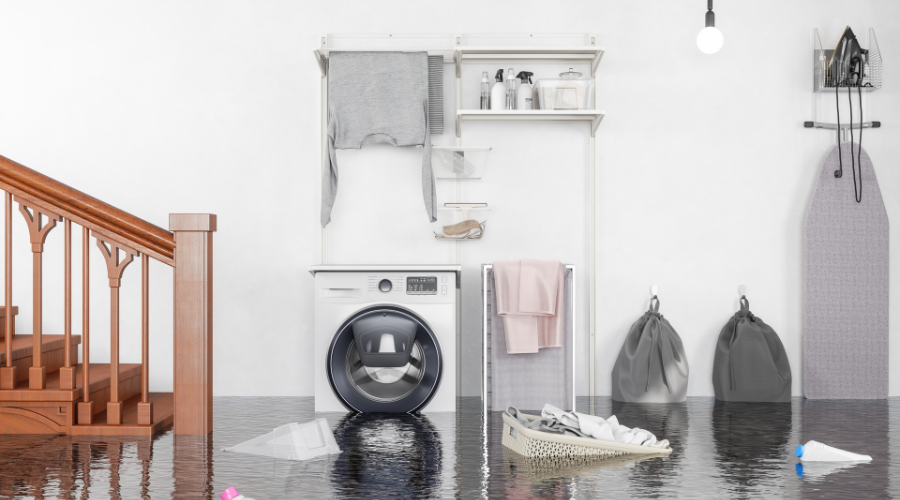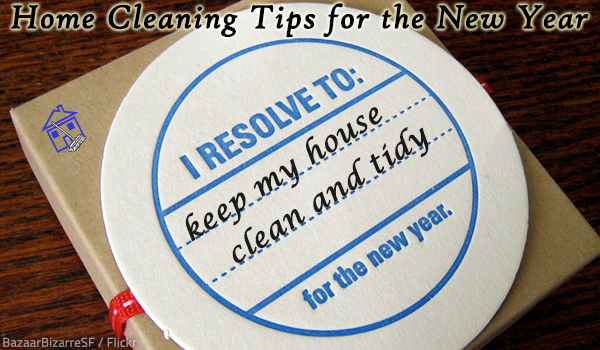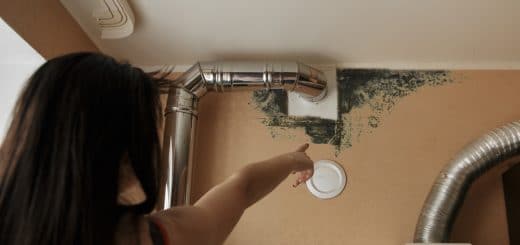Flood Preparation and Flood Safety
Chicago experienced extreme floodingFlooding is the overflow or accumulation of water in areas t... More a few weeks back, something almost all cities have faced at some point. Because of this, people lost power, personal items, cars and even homes. Since flood insurance rates are increasing, many people choose not to purchase it within their home insurance plans. This is why flood preparation is vitally important to any property homeowner and can save your thousands of dollars in the long run.
Flood Preparation – What To Do Before and After

Floods can happen anywhere, anytime. Learn how to prepare yourself, your family and your home for a flood disaster before it’s too late.
- During times of flood, the first thing to remember is to turn off your electricity. Live current can be running through standing waters. If you or a loved one enters the water to clean, serious shock can occur.
- Another important step to take once you notice water damage, is to call your insurance company. Like stated before, many people opt out of flood insurance due to costs or the mentality that it won’t happen to you. Even if you don’t have coverage for floodingFlooding is the overflow or accumulation of water in areas t... More, call your insurance company to see the next steps to take.
- Once you have deemed it safe to enter the water, make sure to cover your skin and wear eye protection. Chemicals and debris will have most likely entered the water at this point. You need to protect yourself.
- After entering the flooded area, make sure to move all furniture to a dry area. Any cool, dry place is good for wet furniture. Just remember to not place wet wood in the sunlight in fear of warpingWarping is the bending, twisting, or distortion of materials... More.
- A shop vacuum is great to remove large amounts of water. This will be good when more than 2 inches have entered your property. Once the bulk of the water has been cleaned up, the dryingDrying is the process of removing moisture from materials, s... More process can begin.
- After removing standing water, use an air conditioner or dehumidifierA dehumidifier is a device that removes excess moisture from... More to remove excess moisture.
- If sewageSewage is wastewater containing biological and chemical cont... More backup was not a problem, you can disinfect the flooded area. Scrub surfaces with hot water and disinfectantA disinfectant is a chemical substance used to kill or inact... More such as bleach. Make sure the surfaces you are cleaning can be used with bleach. You may need to remove carpeting or have a professional carpet cleaning company disinfect or remove the carpet.
- Drywall may need to be removed depending on how deep the water was. Drywall easily holds moisture if soaked. Removing the bottom half of your walls will protect you from future moldMold is a type of fungus that grows in damp or humid conditi... More growth.
- Never mix bleach with ammonia. This causes dangerous and toxic fumes.
Flood preparationPreparation is the steps taken to ready a property, equipmen... More is very important to know. Before, during and after a flood, there should be certain steps to take to ensure you keep your home as safe as possible. Even if you don’t have flood insurance, you can save a lot of your property if you know what to do before hand.
If you do experience flood damage, don’t hesitate to call a flood cleanup specialist in your area.












